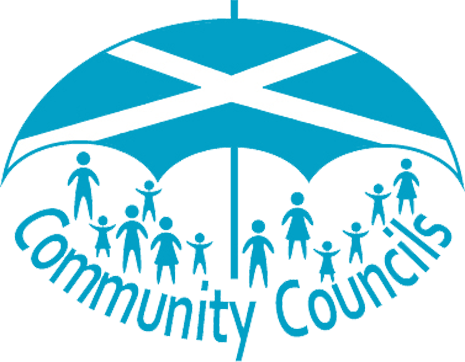Every member of your community can be a valuable member of society with something to contribute. Community Councils should attempt to engage with a wide range of people to create a large diversity of perspectives and insights which can help the Community Council to achieve more. Engaging community members in making decisions is also likely to make them more pro-active about their community’s needs.
Community engagement is about building open and honest relationships between citizens and the Community Councils, based on mutual trust.
Engagement can range from providing information about current work or projects, to consulting on particular issues, to full empowerment whereby the community has decision-making powers. Some of the engagement needs to be ongoing and some of it might be short-term or one-off events.
Community Councils, by law, must be non-discriminatory. They should be welcoming, open and non-judgmental toward all citizens, including youths and individuals from underrepresented or minority groups. Nobody should be blocked from Community Council activities.
Engaging with a wide range of citizens will make the Community Council a better representative of the community and make both other local communities and the local authorities more likely to work with and listen to the Community Council. Community Councils should also try to engage with citizens even if they are not eligible to become an official member of the Community Council (e.g. children).
There is not one correct way for a Community Council to engage with its citizens and what works for one part of the community might not reach other members of the local area. As representative voices for their communities, it is important that Community Councils do not just share information, but also gather the views of local citizens.
To make sure that the Community Council engages with as many as possible, it can be useful to consider combining or using many different approaches. In some cases it can be useful to meet face to face at meetings and events, other times information posters and flyers in public places might be the right approach and in many cases it is worth considering using digital resources such as surveys or social media to reach an even larger or maybe a new audience. Many minority groups will also often have an online presence which makes them easier to approach.
You will find advice for some of the most common ways to engage your communities in our Ideas section. As with all kind of communication, there is no right way of doing it, and you might have to try a lot of different methods to find out what works best in your area.
